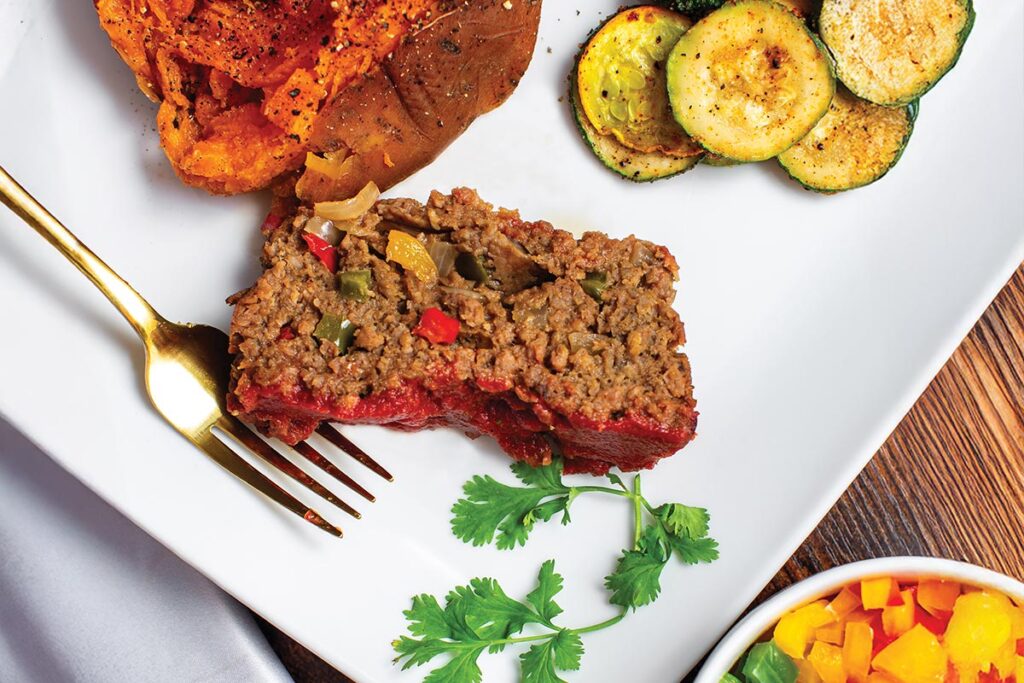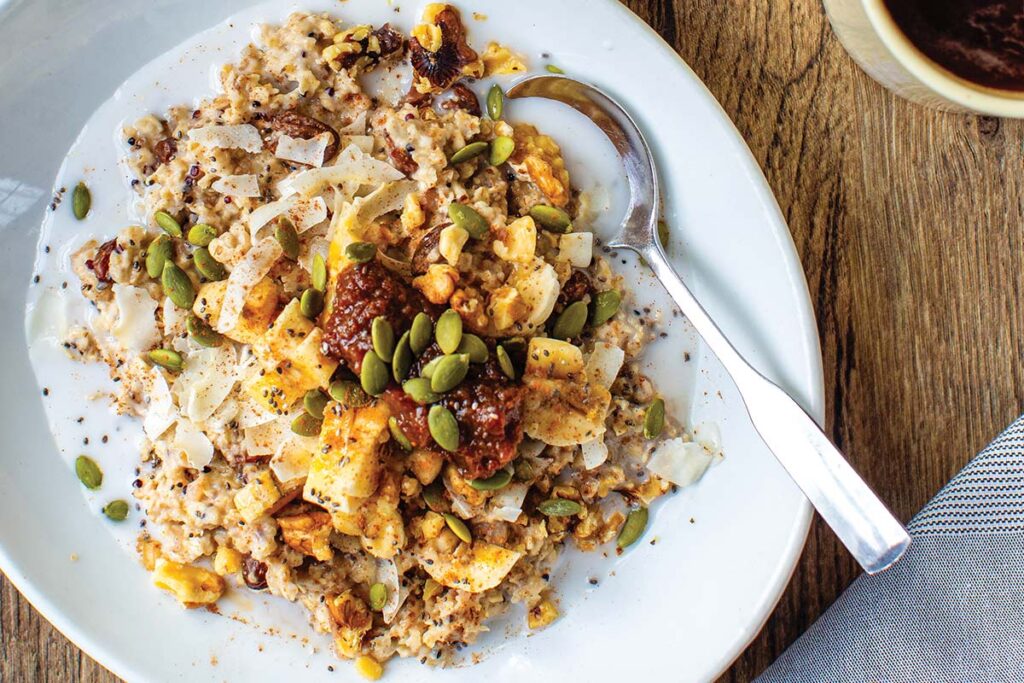An Overview of the Options
Oils are used in cooking all the time, from grilling and baking to sautéing and deep frying. However, not all oils are the same and some are better suited to certain cooking needs than others. Read on to learn more about popular cooking oils and when to use them.
There are several important elements to consider when selecting an oil:
Smoke point. This refers to the temperature at which an oil begins to burn. Smoke points can range from 300° to over 500°, meaning certain oils perform well at high temperatures while others do not. It’s important to keep smoke point in mind, as oils cooked past their smoke point become burnt and bitter and can release harmful compounds.
Nutrition. Depending on your health goals, you may want to pay attention to the levels of saturated and unsaturated fats – “unhealthy” and “healthy” fats, respectively. All oils contain fats, but some have a healthier ratio than others. Plus, some oils bring valuable vitamins, minerals, and antioxidants to the table. Check out the nutrition label on an oil product for more information about its contents.

Flavor. Some oils have a mild, neutral flavor while others have a strong, distinct flavor that can make or break a dish. Flavorful oils typically have a lower smoke point and are better reserved for use in recipes that don’t require heat such as salad dressings or drizzled over a dish for added flavor.
Refined vs. Unrefined. Most oils are available in refined or unrefined versions. Refined typically means that the oil has been treated with heat, giving it a milder flavor and higher smoke point. Meanwhile, unrefined are minimally processed and retain a stronger flavor while having a lower smoke point.
Types of Cooking Oils
Olive Oil
Olive oil is touted as the healthiest cooking oil, thanks to its monounsaturated fats and antioxidants. Extra virgin olive oil (EVOO) is unrefined and has a rich flavor with varying notes. EVOO has a low smoke point at 375° and can be used for sautéing and roasting at low temperatures, to add flavor to vinaigrettes, or simply served as a dip with bread. Light olive oil, on the other hand, has been refined and has a higher smoke point at 470°.
Avocado Oil
Avocado oil is growing in popularity as a versatile cooking oil. It has a subtle, buttery flavor and is rich in healthy monounsaturated and polyunsaturated fats. It also has one of the highest smoke points at 520°. This makes it perfect for any high temperature cooking needs.
Canola Oil
Canola oil is widely used and considered an all-purpose cooking oil. Its smoke point of 400° makes it suitable for high heat cooking including deep frying and it can also be used in salad dressings and baked goods. It has one of the lowest levels of saturated fat among oils.
Vegetable Oil
Products labeled “vegetable oil” are typically a blend of several different refined oils which can include soybean, sunflower, corn, canola, and more. Vegetable oil is neutral tasting and smelling and has a smoke point of around 400°.
Coconut Oil
Coconut oil has a high saturated fat content, making it solid at room temperature, and is a popular substitute for butter in baked goods or popcorn. Unrefined has a coconut flavor and smoke point of 350°, while refined has a neutral flavor and smoke point of 400°.
Sesame Oil
Sesame oil, particularly toasted sesame oil, has a strong flavor and aroma. Refined has a smoke point of 410° and is commonly used to stir-fry and sauté while unrefined, at 350°, can add flavor to dressings, marinades, or as a topping.




